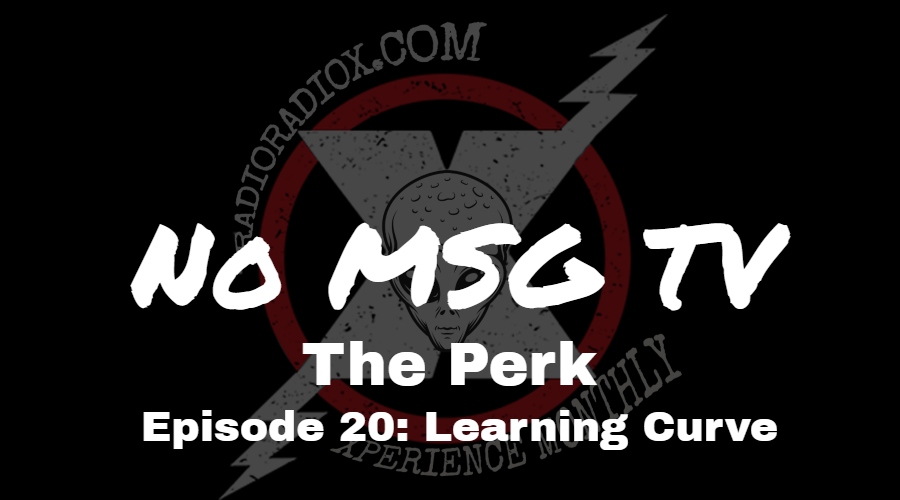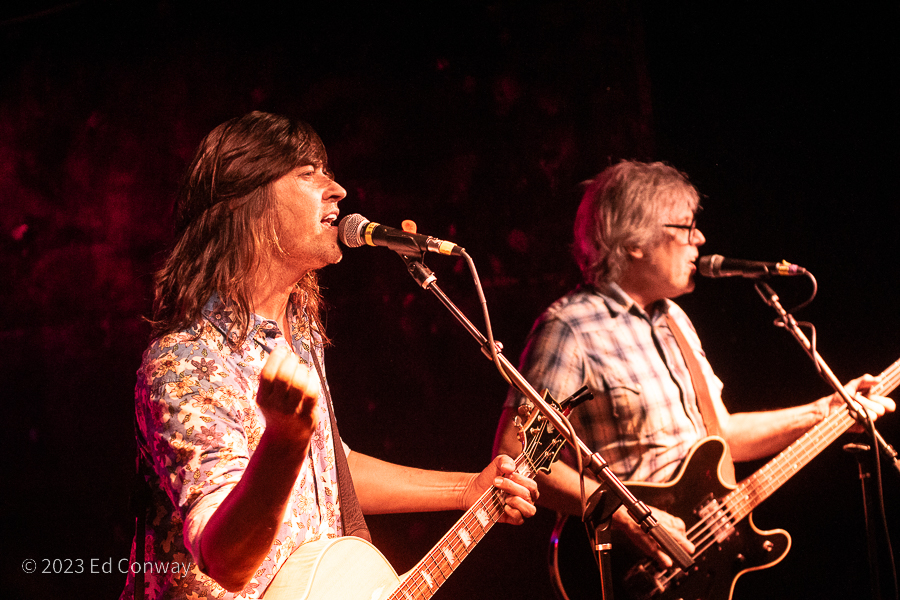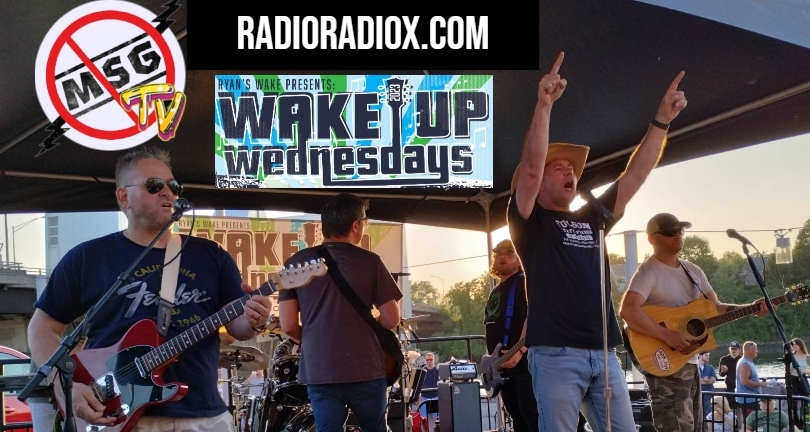Acoustics – Cob-Job Crash Course for Venues
By Staff on June 21, 2023
Acoustics.
“Did you hear that band last night?” He said.
“Barely. Just noise. Is that a noise rock band?”
“No, that’s just a straight rock band. It’s the place; it’s a dump. They’re going to be playing at the new place that just opened up on State. I’m sure the acoustics are better there.”
“They couldn’t possibly be any worse,” she said.
Running a small club or venue is a juggling act. All small businesses are juggling acts, but a small club is selling an experience. And some booze; definitely some booze. But booze is booze, and experiences can vary wildly, so anything a venue owner can do to create a better experience is worth looking into. And one of the unsung heroes of a musical experience is a venue’s acoustics.
Acoustics is all science, but it has a magical ring to it. It can be a signature to a place, like our very own Troy Savings Bank Music Hall. It can also by a fly in the soup, and someone goes to catch their favorite act and can only hear a wall of noise in the front row. The nuances of perfect acoustics is a study that fills up textbooks and has many years dedicated to it on YouTube, but you don’t have to be an expert. You just have to look… or really, listen.
Before we crack our ears open, let’s acknowledge that there are two aspects of acoustics that concern a club or venue. There are room acoustics, which are the qualities of the sound inside the space, and there is noise reduction, which is how the sound travels outside of the venue.
If you have a venue in the middle of the desert, you maybe don’t need to worry about noise reduction, but let’s assume you have neighbors. And unless you were blessed with a venue that has naturally perfect acoustics, you’ll have to think about the sound inside your room. The cool thing is that for either of those purposes, you’re only thinking about one thing: waves.
Sound is waves. The drumbeat, guitar strum, piercing vocals? Waves. The people talking instead of listening to the show? Waves. The 747 headed over your club to land at Albany International Airport? Waves. Some you don’t want, some you do, and some you want only once and you’re getting them on repeat.
There’s a lot about sound; reflection, absorption, diffusion, diffraction, refraction – it’s a lot to flunk on a science test. But the basic is that waves go through the air and they hit surfaces, and depending on the situation, they do things. If a wave from a guitar squeal hits a velvet curtain, the curtain might absorb it. For our purposes, it’s gone. Another wave hits a smooth concrete wall: it bounces. If your ear catches the wave going out, and the bounced wave, it’s an echo. That’s what reverb is, it’s just sound-waves bouncing off of hard surfaces and getting heard again. Echo and reverb are very similar.
Echo and reverb aren’t bad in and of themselves, but they make a room louder. And the people that would rather tak than listen to the show have to talk louder, and then the room gets even louder. Before you know it, all you have is “loud.”
There’s an issue of diminishing returns on making a small club acoustically perfect. First of all, it’s expensive. Getting soundproof panels and professional baffles might not be worth it, and might not be possible if you’re surviving event to event. But knowing some of the principles of good acoustics can give you the blueprint for a hell of a cob-job.
First off, a word of caution. Materials that are good at absorbing sound in a room, say, to reduce reverb or echoes, are usually very good at passing that sound outside of the room. Open the door, and nothing will bounce off the open space, but your neighbor is going to get full decibel. So you’re going to want to look at acoustics and noise reduction as two different problems to solve.
If you want to reduce the overall noise of the room, which you probably do, look at the space where you need the sound. Mostly head level of your average space cadet. It also wouldn’t hurt to focus absorbing material at eye (ear) level, especially if you’re cash-strapped. Also aim your PA speakers there. If you can, hang them from an angle at the ceiling, aiming down and over. Ceilings are hard to cover in any kind of sound stuff, so sound not bouncing off the ceiling is good. If you’re feeling industrious, creating a ceiling canopy, basically “lowering” the height of the ceiling, can work wonders.
If you have thin, parallel walls, which a lot of bars/venues do, you’re going to have sound bouncing between those walls like a pinball kicking up points. Sound absorbing material, anything soft and fluffy works. Hard, shiny stuff (or hard, shiny walls,) are just going to bounce sound. And egg cartons aren’t ideal for anything except holding eggs.
So are you ready to go cob-job pro? Go out in your venue. Turn of the lights. Where is light coming in? Clap. Where is it coming back to you? Play a CD through the PA and walk around, where is it echoing too much? Is any area dead?
If you have a sense of your venue’s specific peculiarities, you can shape the acoustics of the place. Find something soft and fluffy that you can make it look like it belongs there, and place it in the spots where there’s too much bounce. And if there’s dead spots, find stuff that’s hard and shiny (again, stuff that looks like it belongs there,) and have fun. Angle it out like you’re playing pool.
I mentioned looking for light with the lights off. Remember that outside sounds can get in if there’s ways for it to. So sealing up places where light leaks can help dampen outside noise (and save on energy bills.)
These days, every business needs an edge. And even micro investments in room acoustics can not only be a draw for customers, but it can draw better bands to your place.





 RadioRadioX
RadioRadioX